
In Images: The Fantastic Creatures of Shark Island
Cocos Island Trees
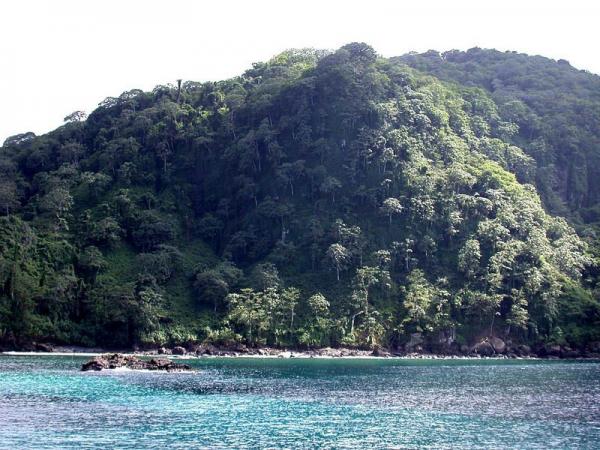
Cocos Island, more than 300 miles (480 kilometers) from Costa Rica's western coastline, is tiny and uninhabited. Its steep slopes are covered with tropical forests that receive up to 10 feet (3 meters) of rain each year. People aboard sailboats hugging the coastline can collect water directly from the waterfalls that cascade out of the forest.
The tropical waters around the Pacific island are full of a dazzling array of life. Sea turtles, sharks , and other ocean creatures congregate around the sea mounts that rise from the ocean floor in the region, lending the island its informal name: Shark Island.
>Costa Rican officials recently established a vast new marine protected area around the island. Seamounts Marine Management Area covers about 3,900 square miles (10,000 square kilometers) of ocean. In the following slides, see some of the species that will receive protections because of the new conservation area.
Cocos Island Hammerhead Sharks
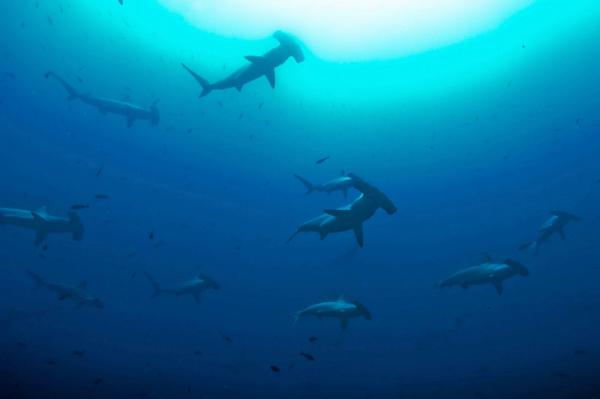
Hammerhead sharks, largely lost from much of their former range, are still found in schools numbering in the hundreds around Cocos Island.
Cocos Whale Shark
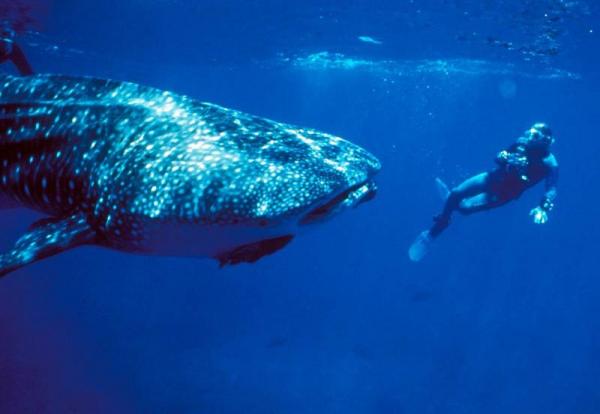
Whale sharks, the largest fish in the world, regularly concentrate around Cocos Island.
Cocos Tuna
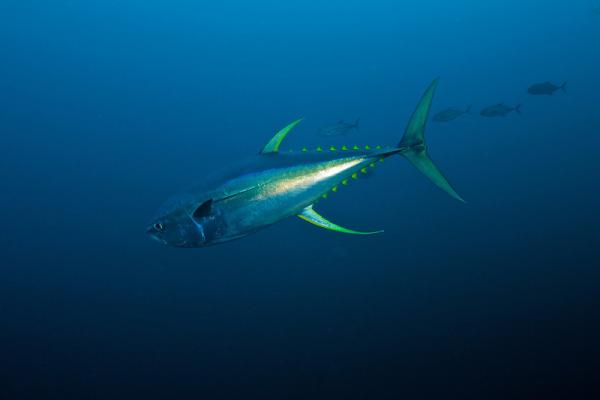
Yellowfin tuna are protected by Cocos National Park.
Cocos Island Far
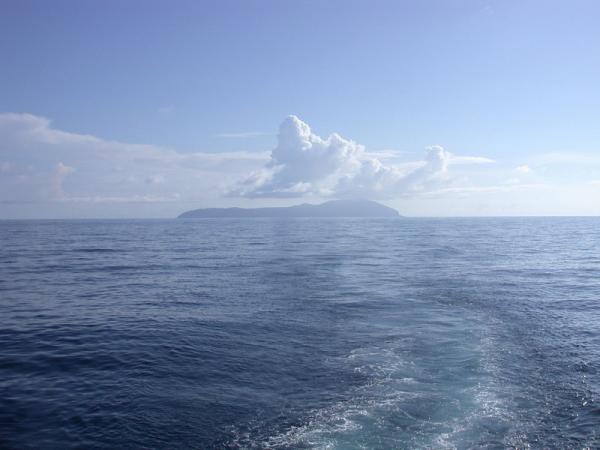
A small dot in the vast Eastern Pacific, the island is shrouded in clouds that develop over the island most afternoons.
Cocos Island Leatherback Turtle
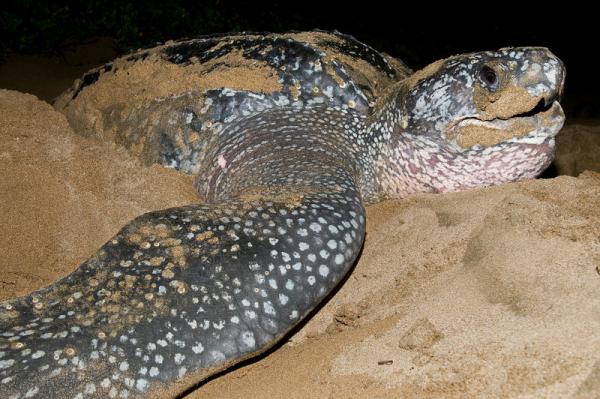
Bigeye Jacks school by the thousands around Cocos Island.
A leatherback turtle , the largest turtle species in the world. Leatherbacks can grow up to 6.5 feet (2 meters) long and weigh in at 1,190 pounds (540 kilograms). Only the females return to land, to dig nests and lay eggs. The males spend their lives at sea.
Cocos Island Sunset
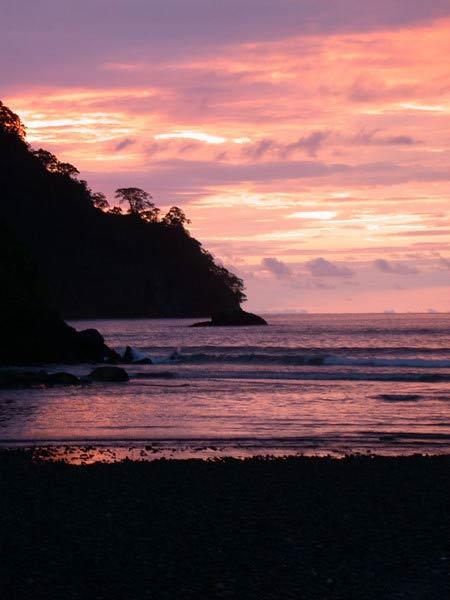
Sunset in Wafer Bay, where the Cocos Island National Park headquarters is located.
Sign up for the Live Science daily newsletter now
Get the world’s most fascinating discoveries delivered straight to your inbox.










